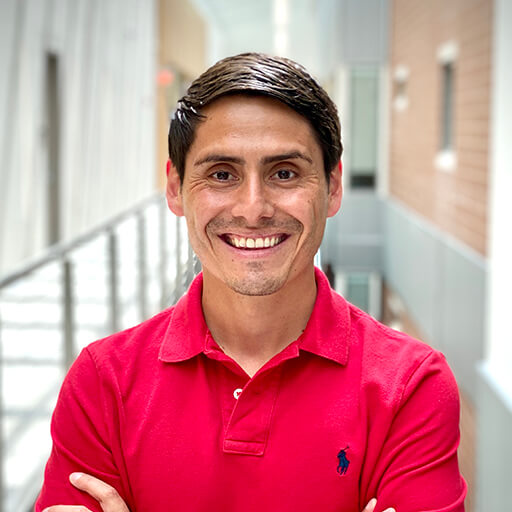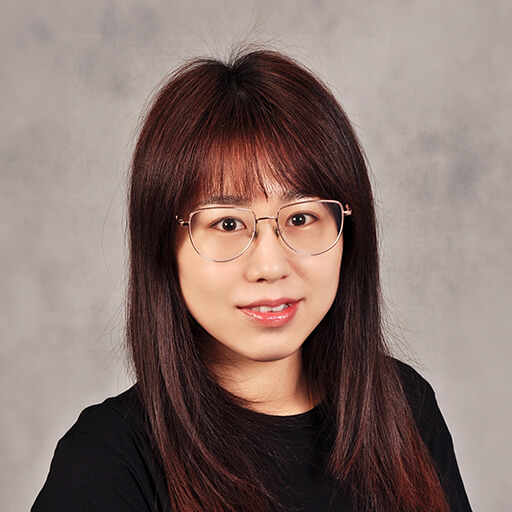How the Microenvironment Affects Schlemm’s Canal Cell Behavior

About the Research Project
Program
Award Type
Standard
Award Amount
$200,000
Active Dates
July 01, 2024 - June 30, 2026
Grant ID
G2024006S
Acknowledgement
Goals
The goal of this project is to investigate the role of glaucomatous cellular and biomechanical trabecular meshwork cues in driving abnormal Schlemm’s canal cell mechanotransduction processes.
Summary
High-pressure glaucoma is a leading cause of blindness worldwide, but the causal mechanisms are unclear. Using our unique 3D fluid drainage tissue model system, we seek to investigate the contributions of glaucomatous biomechanical cues in driving Schlemm’s canal cell mechano-dysfunction. This work will set the stage for identification of future glaucoma therapies targeting cellular biomechanics.
Unique and Innovative
Our unique 3D Schlemm’s canal/trabecular meshwork cell co-culture hydrogel mimics the central functional unit of the conventional outflow tract. It also allows us to selectively manipulate individual cellular and extracellular components in ways not possible using any other model. The innovative co-culture hydrogel is the first of its kind and facilitates detailed mechanistic interrogations of Schlemm’s canal cell mechanotransduction processes.
Foreseeable Benefits
The limitations of previous outflow tissue models to mimic native cell-cell and cell-matrix interactions have hindered development of new glaucoma drug candidates. By investigating both cell surface and nuclear processes, our goal is to identify druggable pathways that will provide new insights into how mechanotransduction could be targeted to prevent or reverse outflow tissue dysfunction. Results from the proposed experiments will fill major gaps in our understanding of Schlemm’s canal cell pathobiology in the context of glaucomatous microenvironmental cues.
Grants
Related Grants
National Glaucoma Research
IOP-Related Gene Responses in the Optic Nerve Head and Trabecular Meshwork
Active Dates
July 01, 2024 - June 30, 2026

Principal Investigator
Diana C. Lozano, PhD
Current Organization
Oregon Health & Science University
National Glaucoma Research
The Role of Microtubules in Glaucomatous Schlemm’s Canal Mechanobiology
Active Dates
July 01, 2024 - June 30, 2026

Principal Investigator
Haiyan Li, PhD
Current Organization
Georgia Institute of Technology
National Glaucoma Research
Long-Lasting, Nonsurgical Treatment for Eye Pressure in Glaucoma
Active Dates
July 01, 2023 - June 30, 2025

Principal Investigator
Mark Prausnitz, PhD
Current Organization
Georgia Institute of Technology



